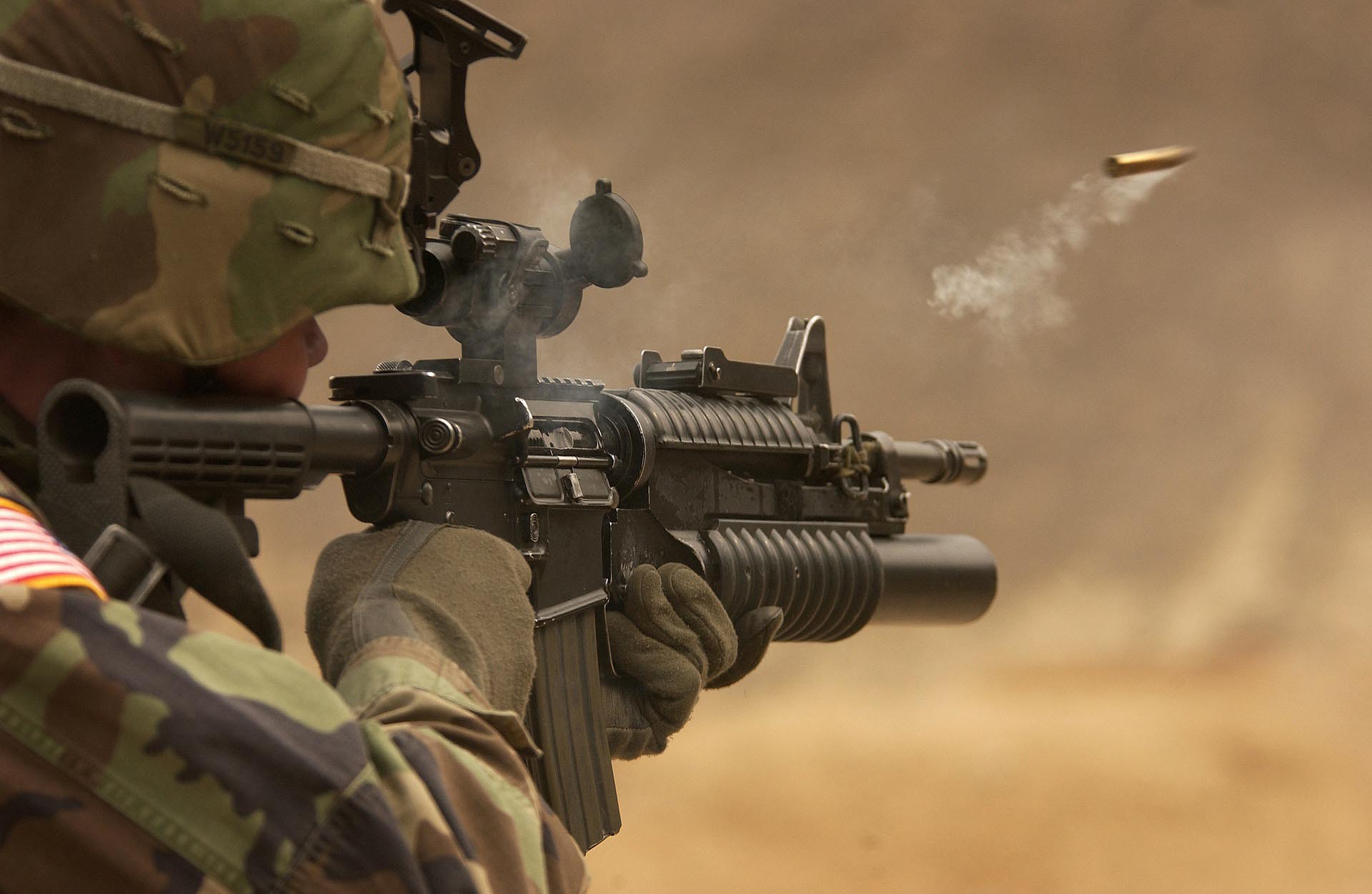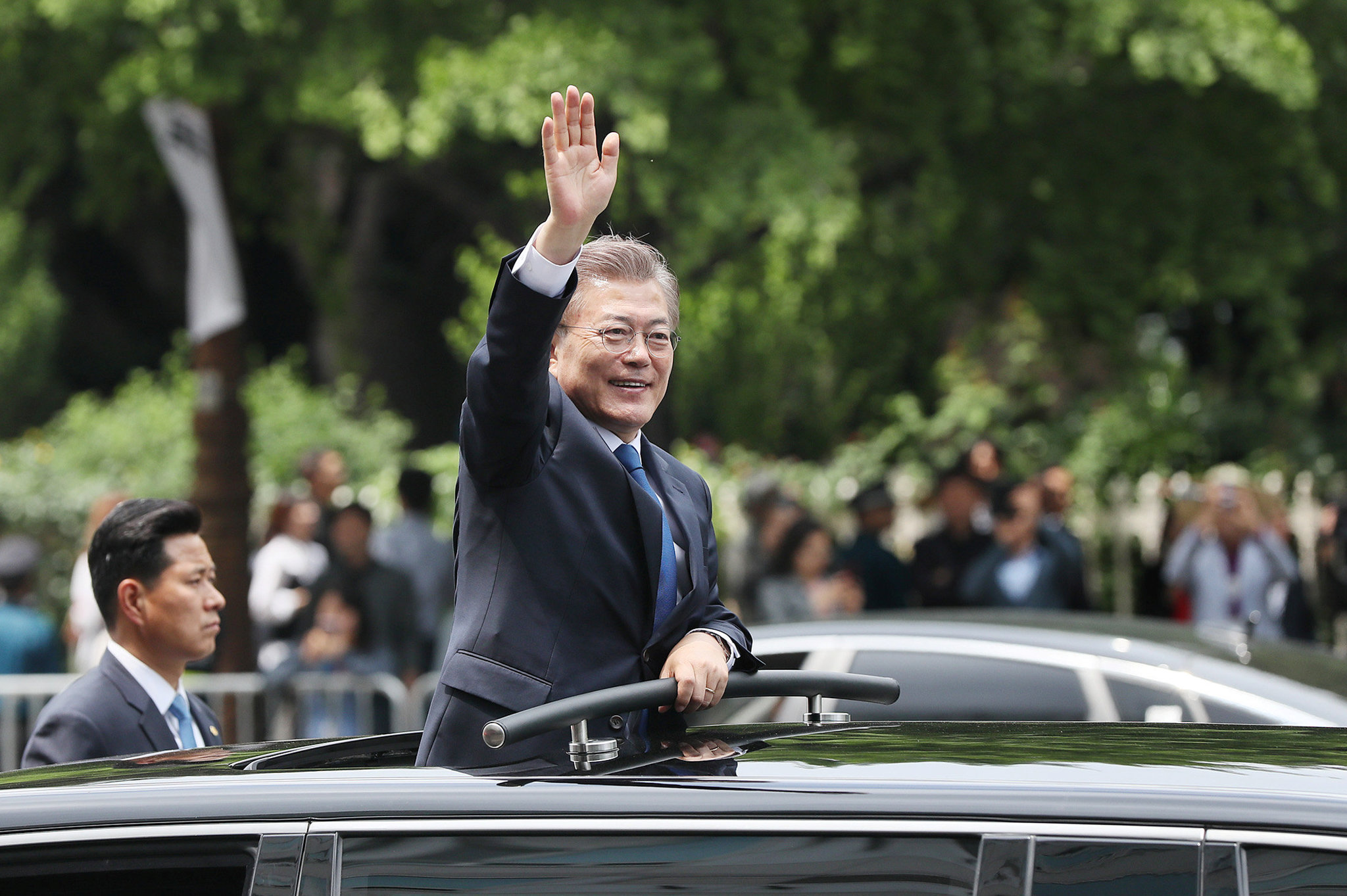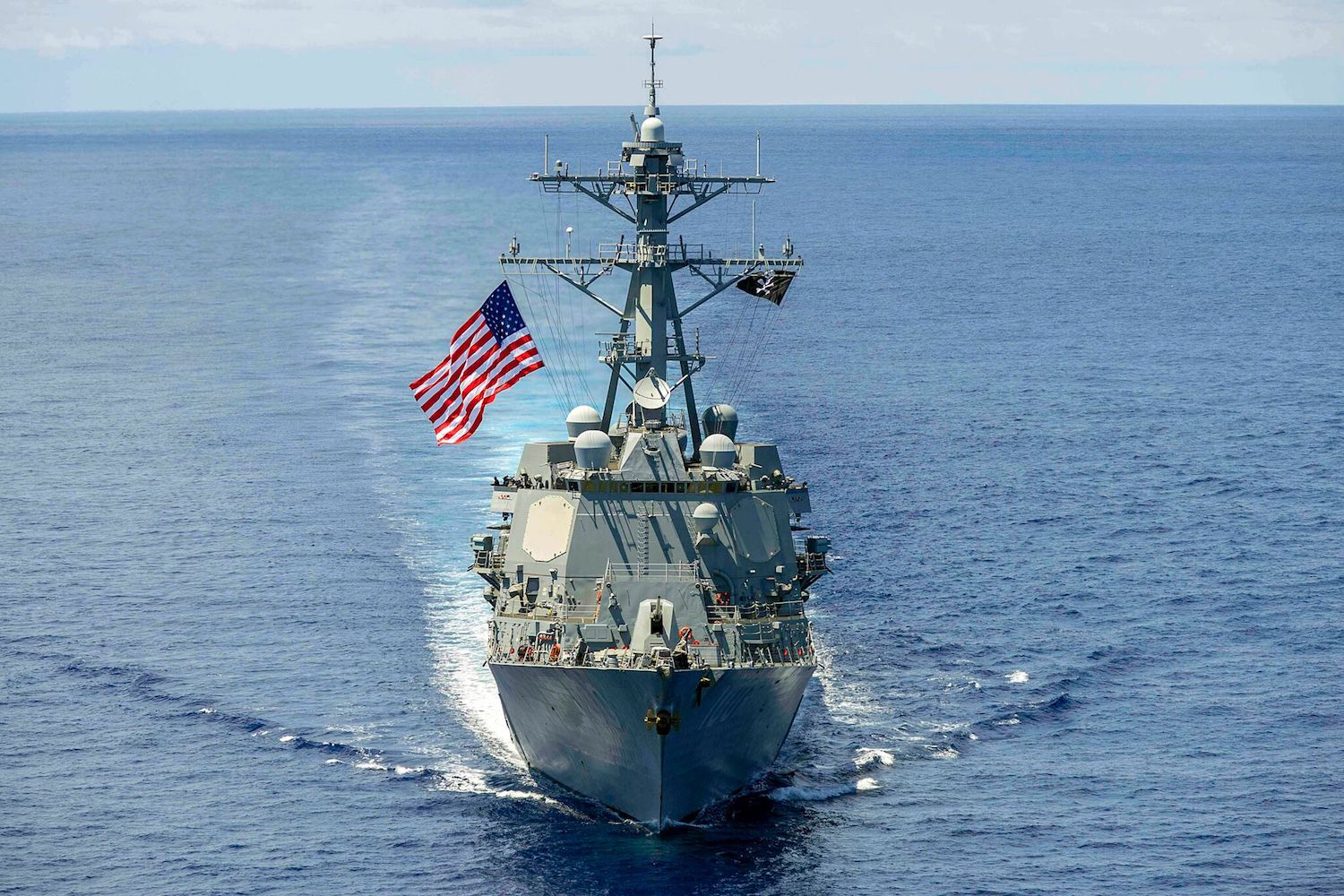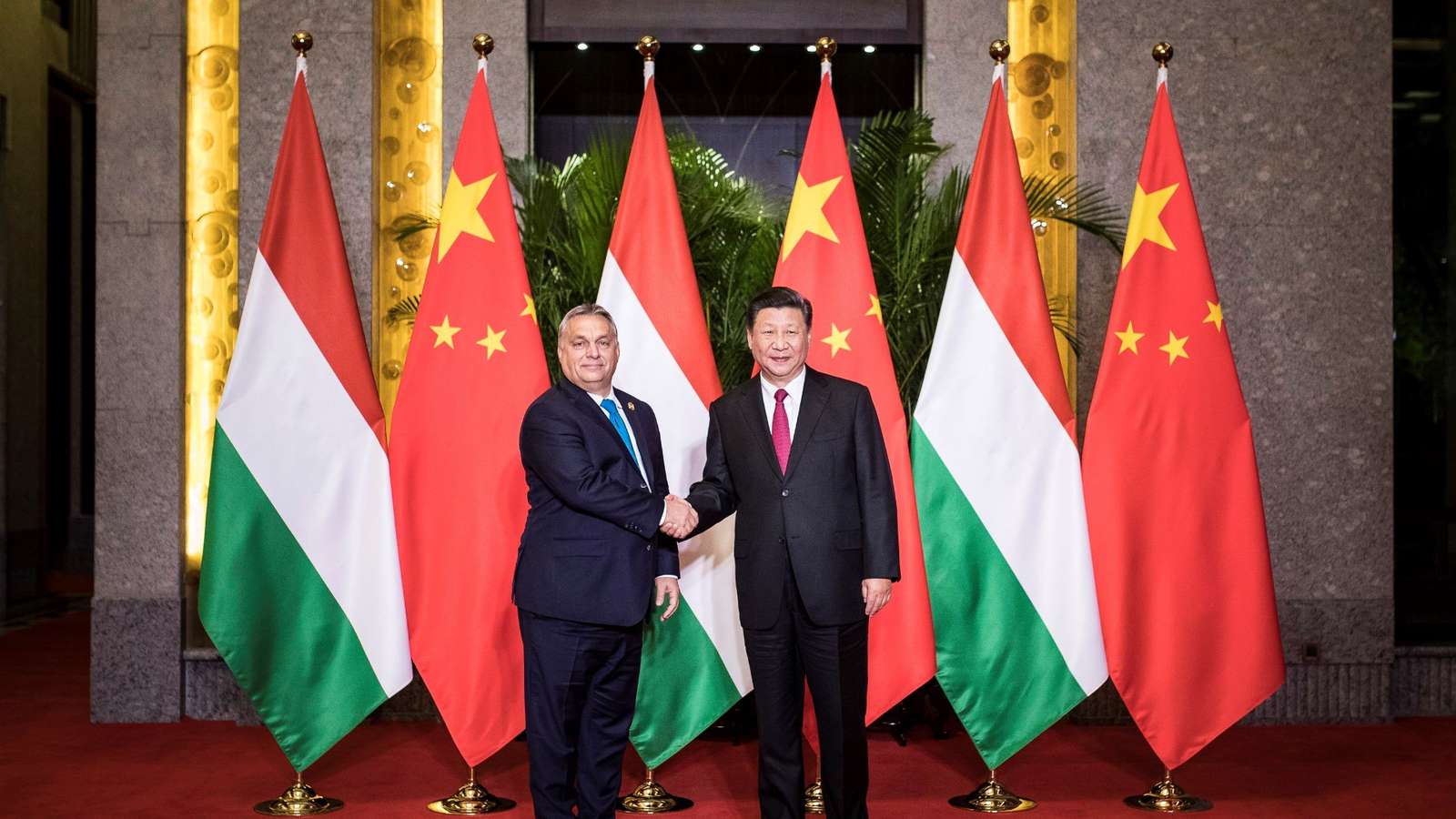When peaceful protests against the Syrian president, Bashar al-Assad, began in 2011, they were met with violent oppression, which eventually led to the current civil war. By the United Nations’ definitions, Bashar al-Assad is a war criminal through his “intentionally directing attacks against the civilian population as such or against individual civilians not taking direct part in hostilities”. Since the outbreak of that war, the United States and most western countries have firmly supported the anti-government rebels, but have oscillated back and forth on the condition that the only way to end the war is to have Assad go. Whatever the current position may be, the actual ways to remove him from office also provoke debate. The topic of arming anti-government rebels has been one of the most heated among lawmakers, foreign policy strategists, and military personnel from the beginning. The Obama administration decided against arming a majority of the anti-Assad rebels, and the Trump administration so far has continued this policy. Today, the main recipients of American arms are the Kurdish fighters of Iraq and Syria. But, considering that the United States has made no secret about its disdain of the Syrian president, surprisingly little has been done to support anti-Assad forces militarily.
Throughout much of the 20th century, as the United States became the eminent global military power, a recurring theme in foreign policy was “the enemy of my enemy is my friend”. This often came in the form of giving support, overt and covert, including weapons, to groups who shared an adversary with the U.S. However, history is full of examples of how this practice often backfired (sometimes literally), and groups that Washington decided to arm have later become hostile to its former benefactor.
When full-scale war between Japan and China broke out in 1937, China was in the midst of a brutal civil war that pitted the communist forces of Mao Zedong and the nationalist troops of Chiang Kai Shek. Beginning in 1940, China received American aid through the Lend Lease Act (although most went to the Nationalists), and support for the Chinese cause throughout the 1940s was high in the U.S. as the Chinese were viewed as noble anti-Japanese freedom fighters. After the war ended, the civil war resumed until Mao’s eventual victory in 1949 forced Chiang and his followers to flee to the island of Taiwan. The very next year the Korean War began and as the United Nations coalition pushed the invading North Korean forces back to the northern edge of the Korean peninsula, Mao’s China, seeing the encroaching soldiers as a potential threat, entered the war on the side of communist North Korea. What followed were two and a half years of intense fighting that saw casualties mount for all nations involved, a ceasefire (not formal peace treaty) and continued support for North Korea by China. Less than a decade after enjoying American public and material backing, China faced America in direct combat, and the two would not establish formal relations with each other for almost 25 years.
Another country Japan attacked in World War II was Vietnam. One of the leaders of the Vietnamese resistance, Ho Chi Minh, collaborated with American intelligence. This included guerrilla warfare tactics to harass the Japanese occupiers as well as helping to rescue American pilots who were downed in enemy territory. The Americans considered Minh a formidable fighter. When the war was over and he became president, he used the American Declaration of Independence as inspiration for one used in Vietnam. Twenty years later, Vietnam was fighting for its independence again, but this time it was against the U.S., who was intent on stopping the spread of communism in Asia. The leader of the North Vietnamese communist army was Ho Chi Minh, who wanted all foreign occupiers out of the country. His forces used similar guerrilla tactics to inflict heavy losses on American forces, which were fighting on the side of the nationalists in the south. The war lasted approximately 10 years and ended when the U.S. left, allowing the communist faction to overrun the country. They have held power ever since.
The United States has seen its share of troubles with Middle Eastern clients as well. After the Soviet Union invaded Afghanistan in 1979 to try and protect a Kremlin-friendly government, the United States saw an opportunity to provide support to locals fighting against the Red Army. The Central Intelligence Agency (CIA) did this by supplying arms through Pakistani intelligence, which then distributed them among the mujihedeen fighters in Afghanistan. Steve Coll, a Pulitzer Prize winning journalist and author of the book, Ghost Wars, about CIA operations in Afghanistan in the 1980s, said, “Many of America’s clients were fundamentally anti-American” and despite a few voices in the American government saying that more political support was needed for centrist Afghani politicians, they “were largely ignored”. When the Soviets finally cut their losses and left, and throughout the 1990s, the political environment in Afghanistan was chaotic and the Taliban eventually seized power in 1996. In 2001, the United States invaded and toppled the government in Kabul. However, the “Long War” is still ongoing and has been a black hole for American resources. Former beneficiaries of American support from the 1980s, whether they directly received weapons or just came to power in the chaos in the 1990s, have waged war to expel all forms of American influence from their soil.
While the Afghans were fighting the Soviets in the 1980s, further to the west, Iran and Iraq were fighting a war of their own. This is a unique example because the United States, under the Reagan administration, provided arms to both sides. In Iraq, Washington provided intelligence and arms, sometimes through third countries, to the Saddam Hussein government. America decided that Iran, who they viewed as hostile to their interests, would be dangerous if it gained the upper hand in Middle East politics. However, in what became known as the Iran-Contra Affair, arms were sold to Tehran as well. The war ended in 1988 after taking a massive toll on both countries.
In 1990, only two years after the end of the war with Iran, Iraq invaded Kuwait, sparking the first Gulf War. The United States quickly condemned the attack and sent in forces of its own, resulting in a quick military victory; however, it was not the end of Hussein/American conflict. America invaded Iraq in the Second Gulf War in 2003 and captured Hussein, who was later tried and executed. Since then, America has been struggling to form a strong government in Baghdad while fighting certain factions, including former clients like those financed by Iran.
Even when American weapons end up in more American friendly hands, there is no guarantee they will remain there. In 2013, the Islamic State roared onto the scene and grabbed vast swaths of territory in Iraq and Syria. Caught off guard and no match for the organized onslaught, many Iraqi soldiers abandoned their American-made weapons, which then became spoils of ISIS. In Afghanistan as well, resources have not been evenly spread and corruption is rampant. This has extended to the area of weapons.
So what does this mean for Syria? Syria is a microcosm of the complications in the Middle East. It involves a dictator, multiple factions fighting the government, the government fighting rebels, rebels fighting rebels, outside powers fighting against certain rebels and government forces at the same time, a humanitarian crisis, and the list goes on. International consensus is hard to come by, but nearly all United Nations member states do agree that President al-Assad must pay for his war crimes. However, if the Pentagon were to expand its list of weapon beneficiaries, how can it be sure the arms are going to the intended recipient? Multiple programs have been investigated but as of yet, a viable solution has not been found. Additionally, coordination among the rebel groups is very low, meaning it is difficult to determine who is loyal to whom. Some have suggested that American advisors accompany American weapons to make sure they are used by the right people, but this would mean sending American soldiers into combat, an idea not popular with the American public.
This essay does not advocate arming or not arming anti-government rebels, but rather to highlight the lessons from history that states act in their best interests, which can change rapidly. America had sent resources to those fighting for a cause it felt was also in its best interest, but these were often narrow and the goals of the U.S. and its client groups often diverged. Just because a certain group is loyal to a cause, it does not mean it will also be loyal to the outside interests backing them to achieve it. America’s record for choosing sides and providing weapons has been poor. Of the groups fighting in Syria, very few have expressed interest in a secular, democratic state, and with the volatile nature of the Middle East, groups hostile to the United States are not difficult to come by. Perhaps America will eventually reach the conclusion that in order to end the conflict, they must provide weapons and support to certain rebel groups they trust. However, they must do it with great caution, because they might see those same guns turned on them someday.
- Kansas City: World War I’s Final Resting Place in America - November 9, 2018
- Moon Jae-in’s Elusive Peace - September 7, 2018
- Japan’s Diplomatic Vanishing Act - June 8, 2018






